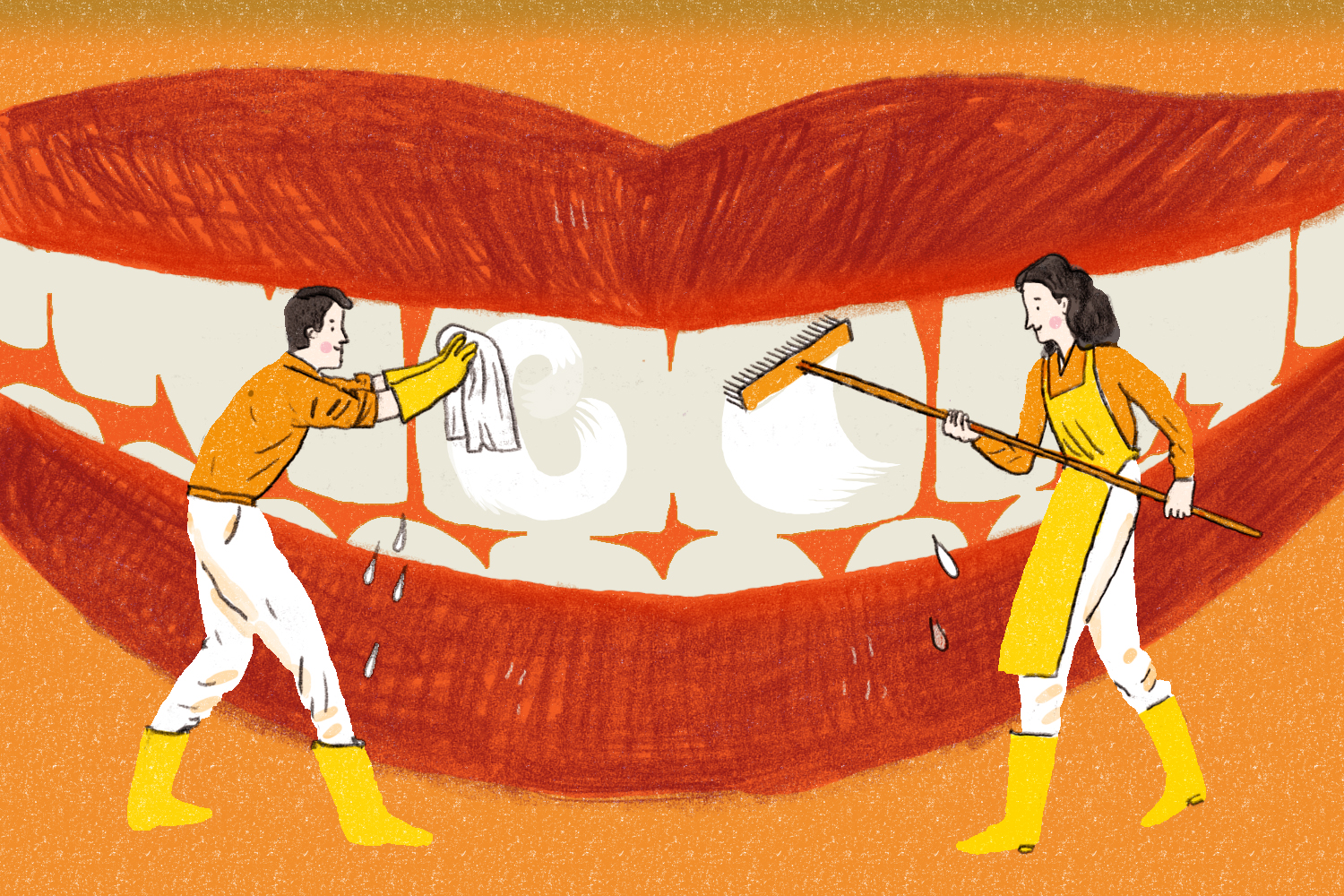
Like a shiny new watch or a sparkling personality, white teeth are an ornamentation. Both men and women are attracted to a bright white smile, concludes a study in the journal PLOS One. Additional research has shown job applicants with white teeth are more likely to be hired than yellow-toothed applicants.
From whitening toothpastes and over-the-counter strips to dental office procedures, all tooth-whitening measures employ hydrogen peroxide to clean away stains. “The only differences are the concentrations of hydrogen peroxide employed and how they’re held against your teeth,” explains Dr. Matt Messina, an American Dental Association spokesperson who practices dentistry in Cleveland.
Of course, cost is also a factor. Starting with the least-potent (but least-expensive) whitener, Messina says toothpastes contain 1% to 1.5% concentrations of hydrogen peroxide. “That’s adequate to clean surface stains,” he says, “but it won’t penetrate your tooth enamel.” The enamel tends to hold the deepest, hardest-to-remove blemishes—that patina of black coffee or red wine that gradually accumulates on your smile like vehicle pollution on the sides of old brick buildings.
So if your teeth are seriously stained, a whitening toothpaste alone won’t get the job done—no matter how hard you brush. (In fact, brushing forcefully can damage your gums and is never advisable, Messina warns.)
Over-the-counter gels or strips are the next level up on the hydrogen-peroxide/price spectrum. “They’re usually in the 6% to 10% range, ” Messina says. At these concentrations, the hydrogen peroxide can penetrate microscopic holes and fissures in your enamel to bubble away stains.
You Asked: Your Top 10 Health Questions Answered
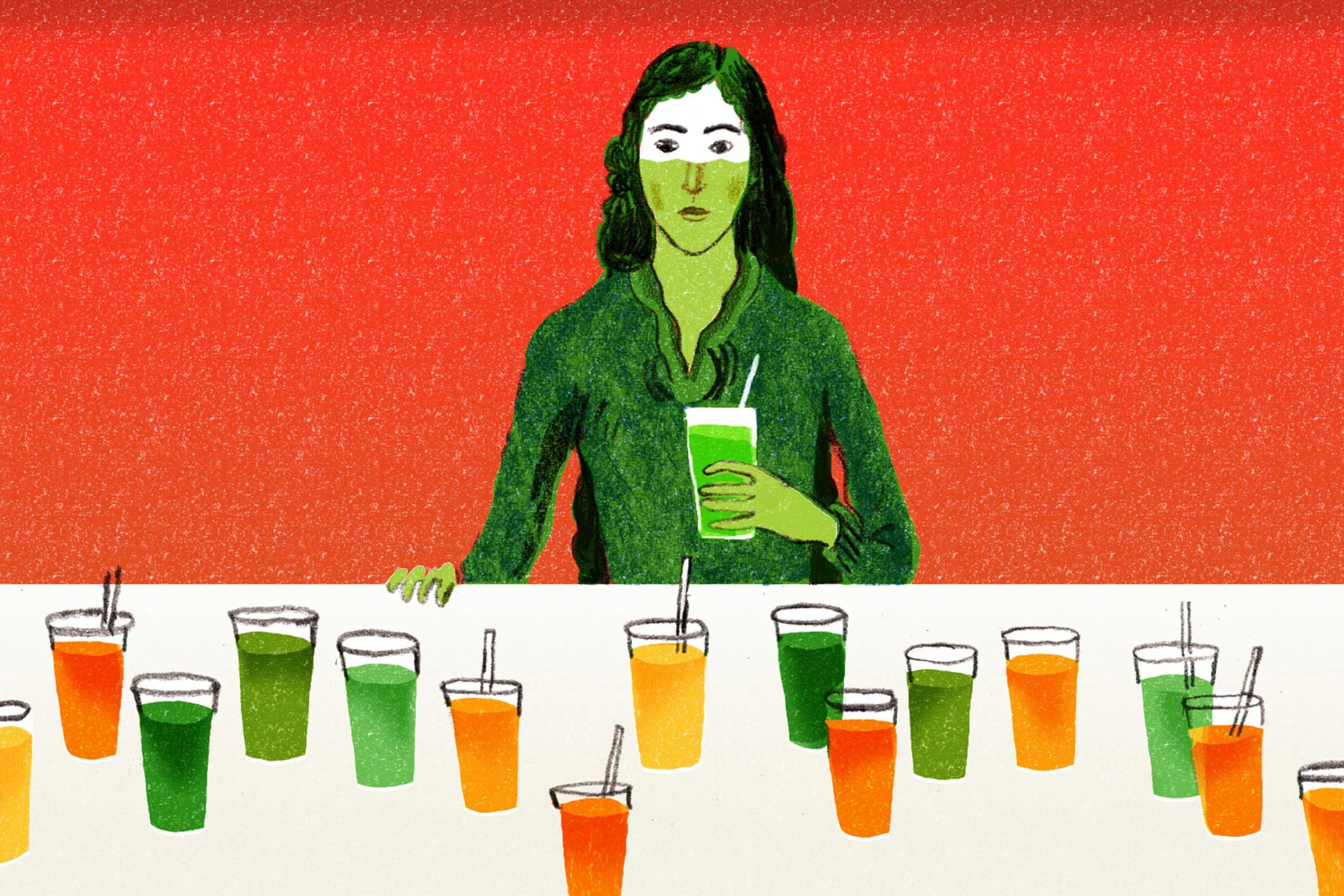
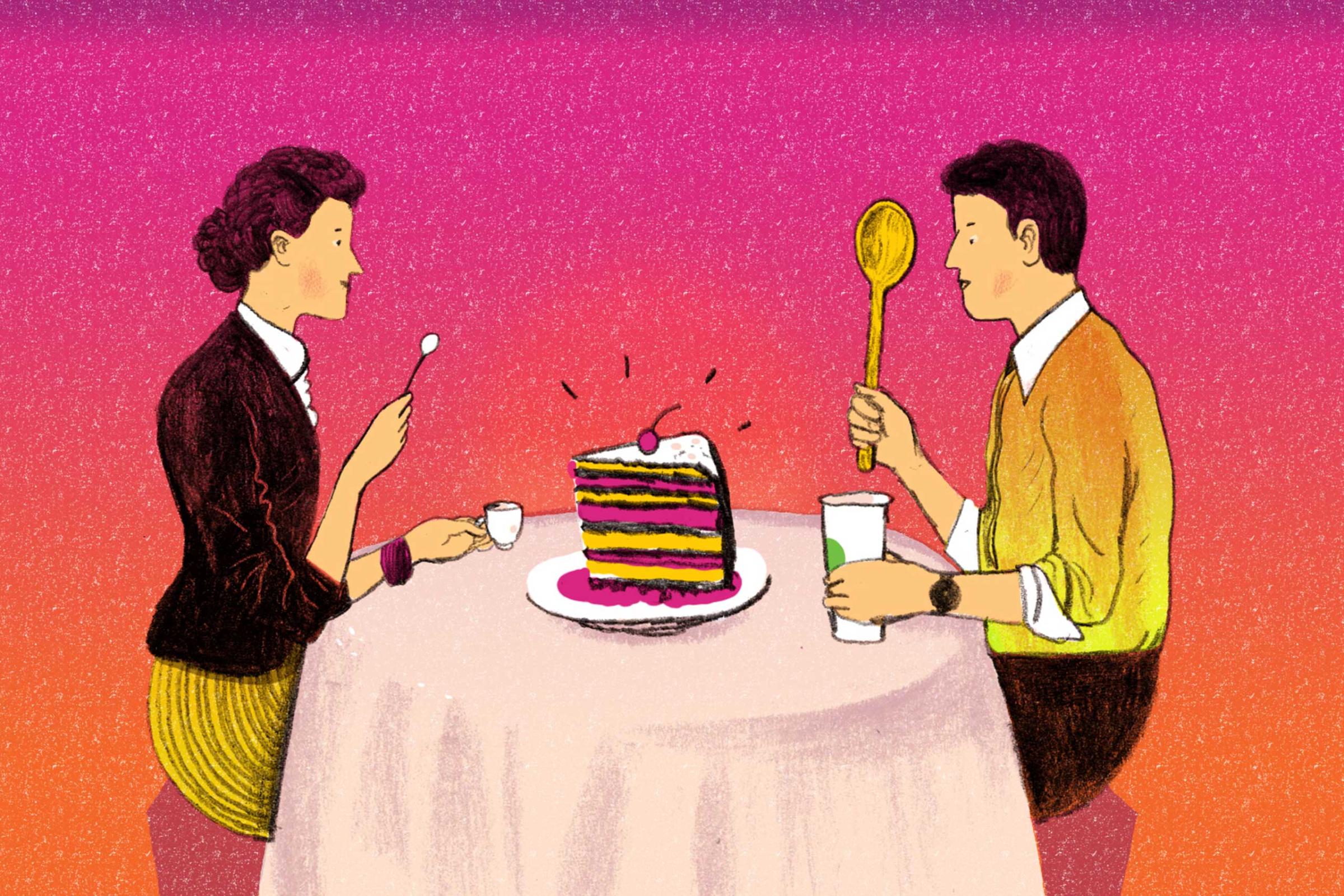
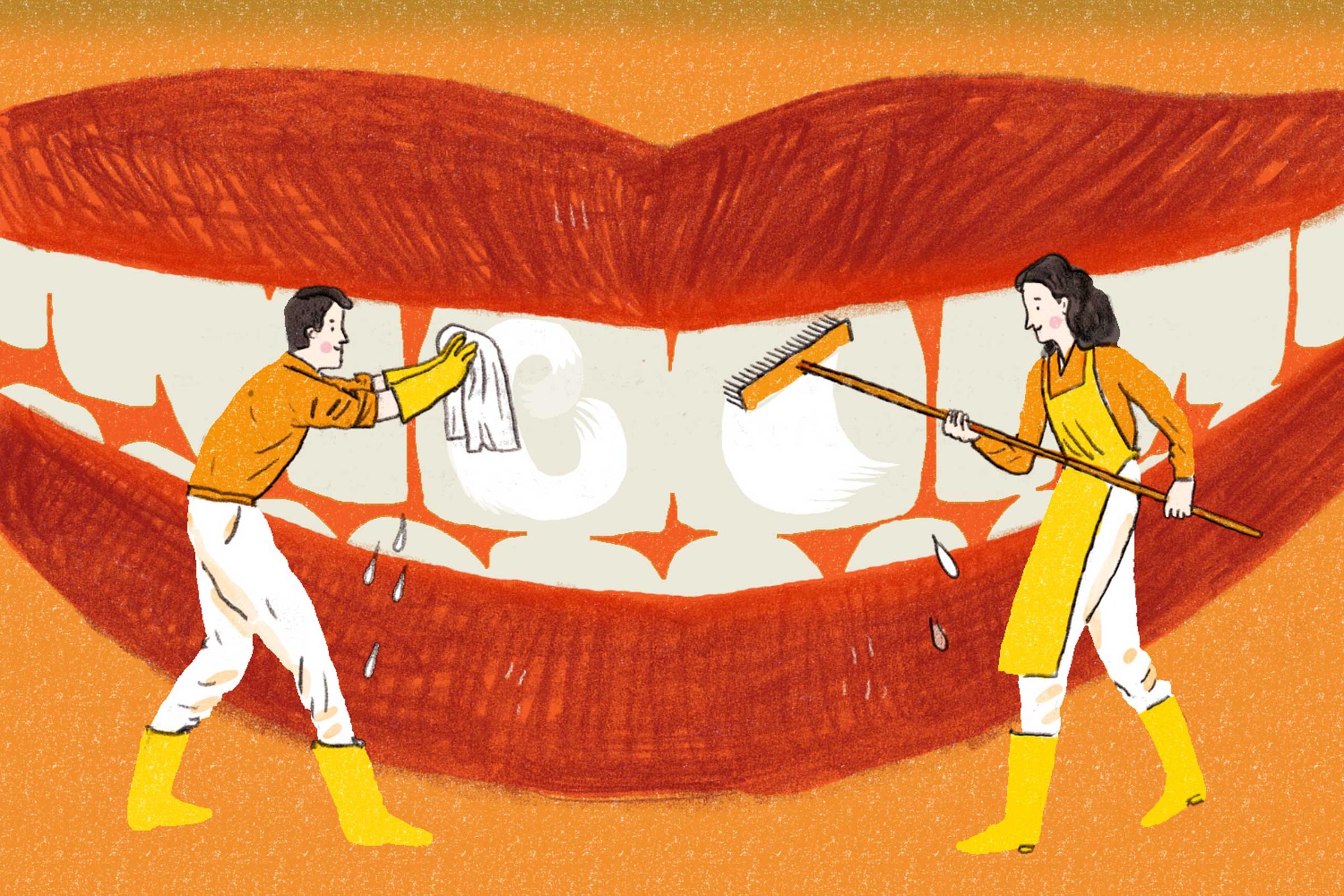





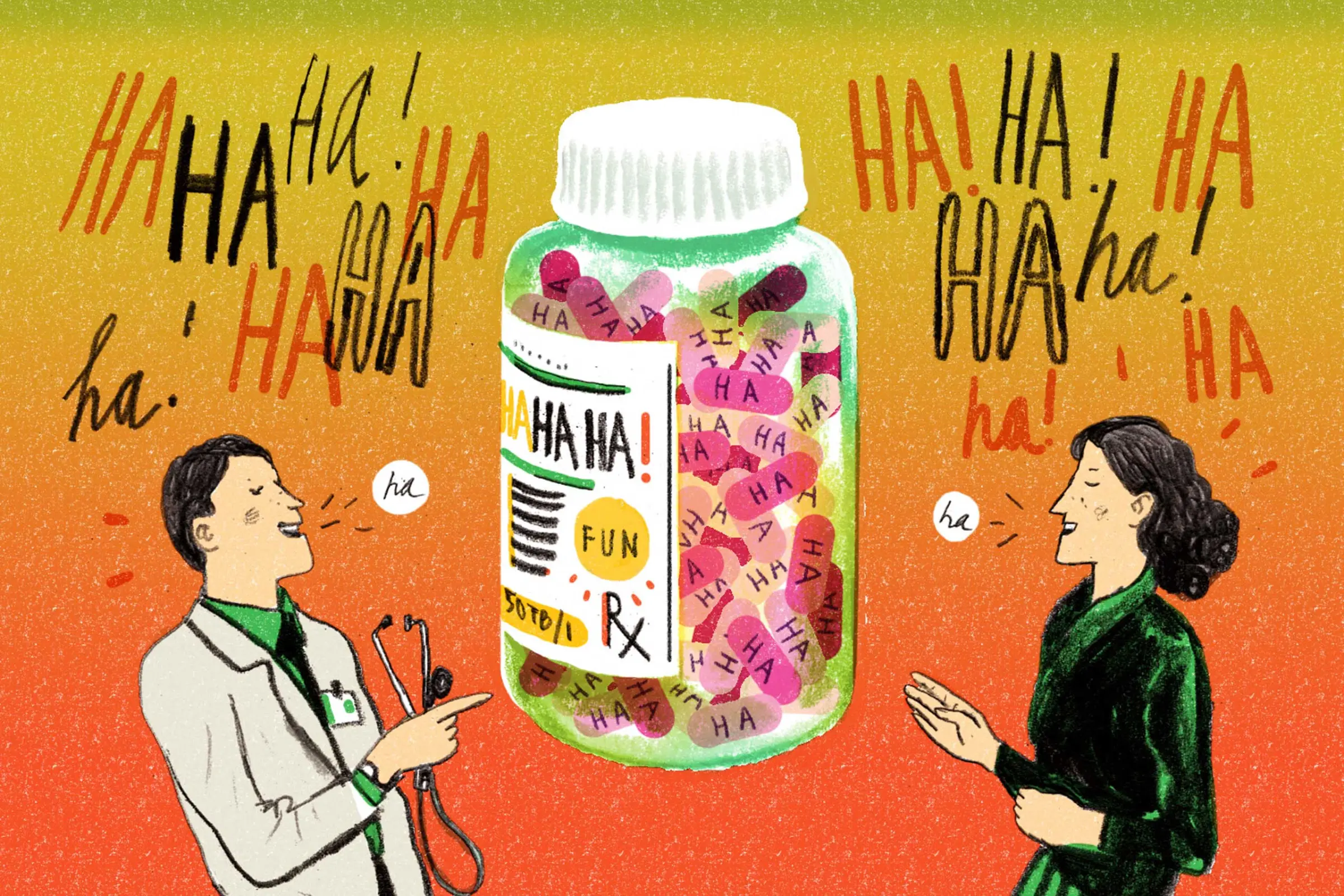
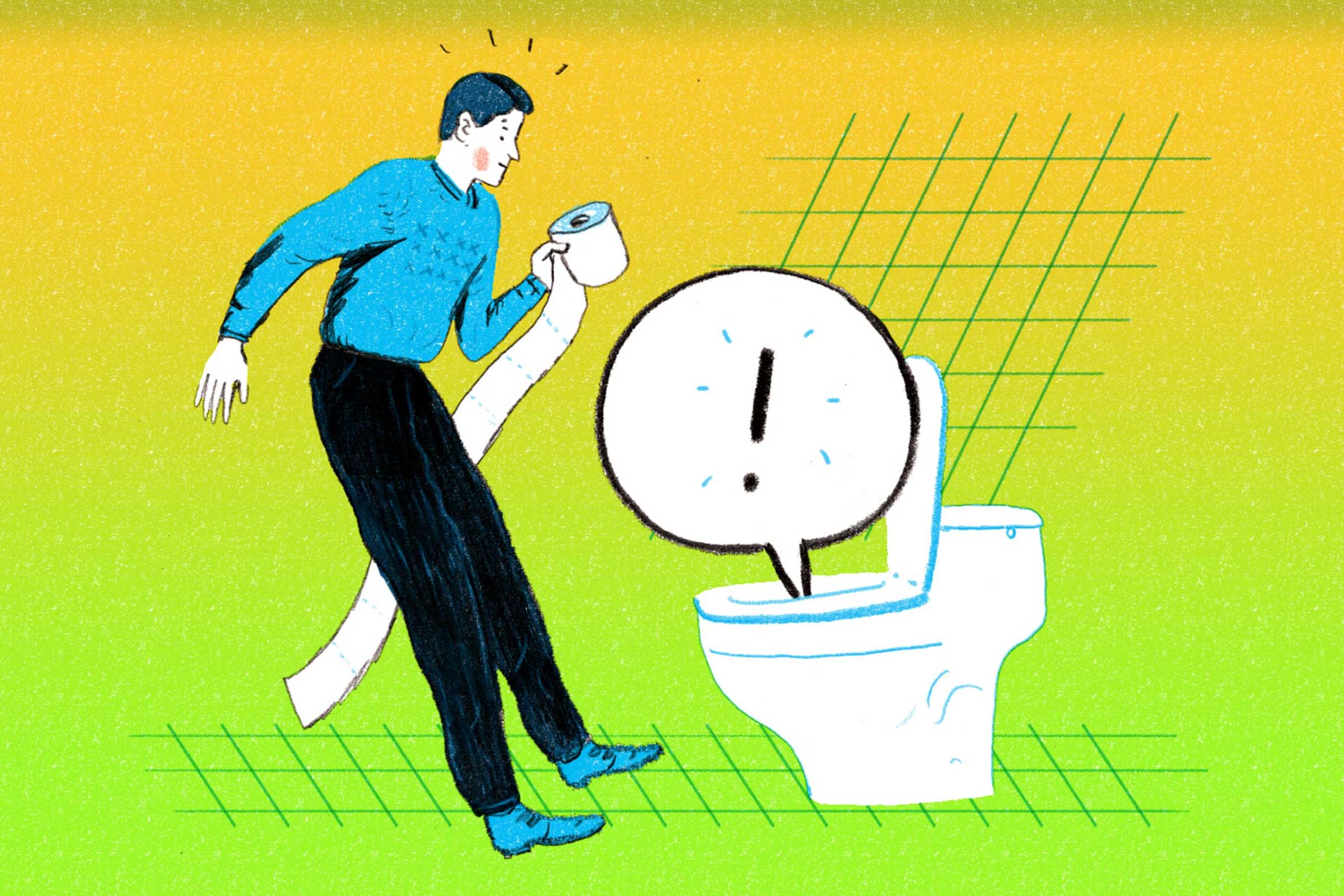
While over-the-counter options can be very effective, Messina says the key is to apply them evenly and keep them on as long as directed. “I usually recommend the strips over the gels because they stay in place,” he explains. If the strips or gel are applied incorrectly, your teeth could look unevenly white. Gum irritation is also possible, he says.
But remember this important caveat: whitening agents do not work on caps, crowns or fillings. If you’ve had some dental work done, you should speak with your dentist before you whiten your teeth to be sure the results will look uniform, Messina says.
Another step up in both cost and potency is dentist supplied “tray-and-gel systems,” which contain hydrogen peroxide in the 10% to 15% range and can cost several hundred dollars. After custom fitting your mouth with a mold, your dentist supplies a take home tray and whitening gel for you to use at home. “The custom tray ensures the gel is evenly applied, and it can produce some pretty impressive results,” Messina says.
The final and most expensive option is settling into your dentist’s chair for a series of 10- to 15-minute whitening treatments. With hydrogen peroxide concentrations as high as 35%, these treatments can make your smile a dozen shades brighter, Messina says. They can also run you more than $1,000. “Whitening is a strictly cosmetic procedure, so it’s almost never covered by insurance,” Messina says.
Some dental experts caution against trying some of the more intensive whitening procedures at home. The American Dental Association (ADA) says that while published research suggests most bleaching procedures are relatively safe, there can be some damage to the tissues in a person’s mouth. The group advises people to consult with their dentist before trying a new whitening procedure. “Additionally, a patient’s tooth discoloration may be caused by a specific problem that either will not be affected by whitening agents and/or may be a sign of a disease or condition that requires dental therapy,” the group writes.
So how white should you go? That’s really a personal preference thing, Messina says. While some people want their teeth as white as possible, the same PLOS One study mentioned above found that people with “natural” looking teeth scored just as highly in terms of attractiveness when compared to people with ultra-bright white smiles.
It’s also possible to over-whiten your teeth, Messina says. “If you whiten excessively, the tooth enamel can actually become translucent, which can make the teeth look blue or gray.” That’s not harmful in the long-term, but blue teeth isn’t a hot look.
While über-white teeth may not be any healthier than stained chompers, Messina says he thinks there are dental health benefits associated with a whiter smile. “I’ve found people who’ve had their teeth whitened are better at brushing and flossing,” he says. “When you’re proud of something, you take better care it.”
Read next: You Asked: Is Sleeping In a Cold Room Better For You?
More Must-Reads From TIME
- The 100 Most Influential People of 2024
- Coco Gauff Is Playing for Herself Now
- Scenes From Pro-Palestinian Encampments Across U.S. Universities
- 6 Compliments That Land Every Time
- If You're Dating Right Now , You're Brave: Column
- The AI That Could Heal a Divided Internet
- Fallout Is a Brilliant Model for the Future of Video Game Adaptations
- Want Weekly Recs on What to Watch, Read, and More? Sign Up for Worth Your Time
Contact us at letters@time.com